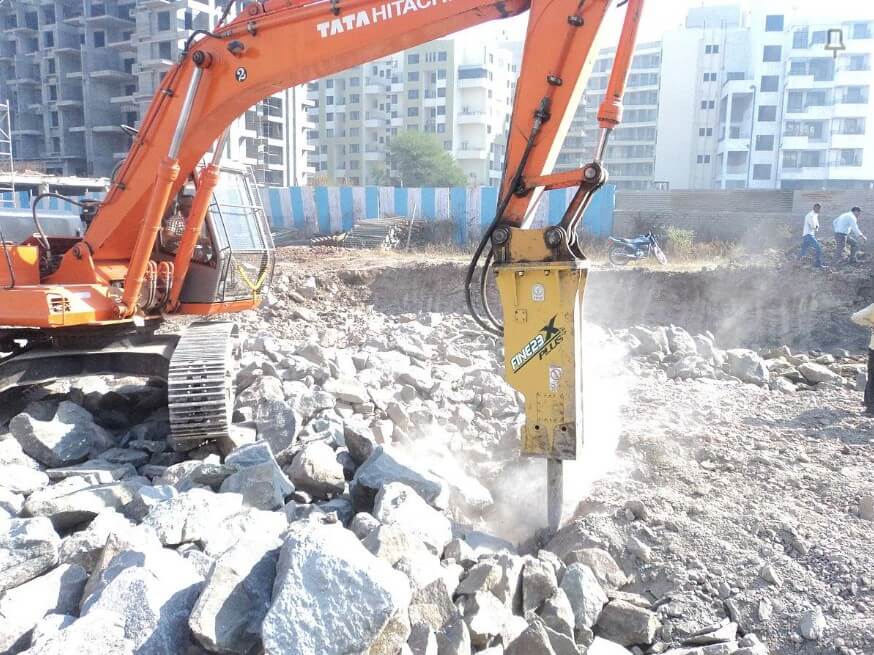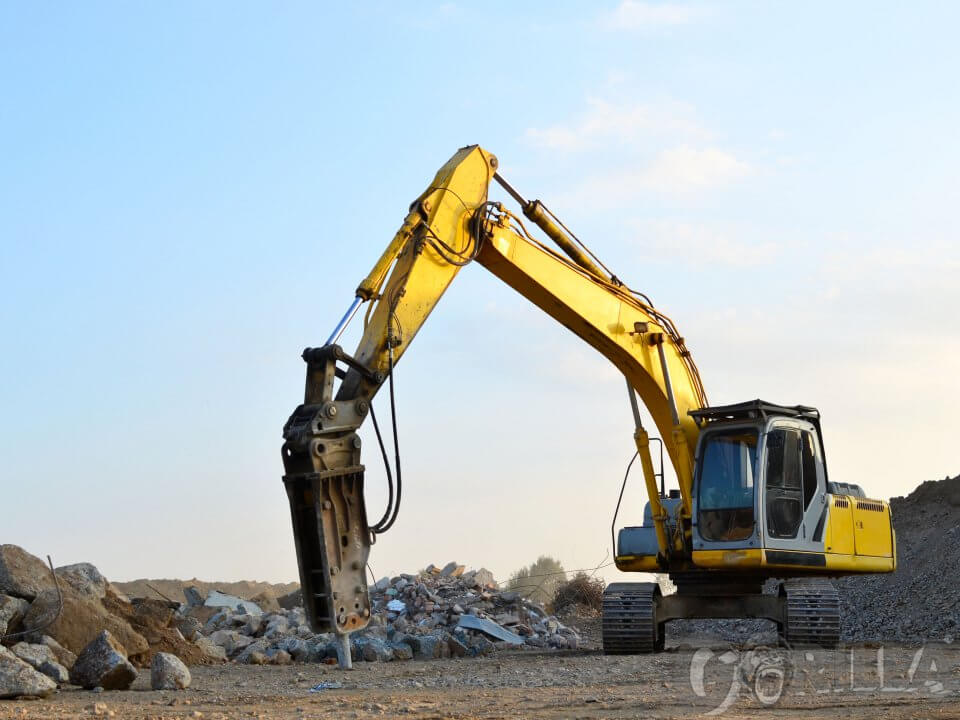
6 Tips to Maintain Your Hydraulic Breaker
February 28, 2019
5 Common Accessories Used with Hydraulic Hammers
July 23, 2019The best care can be taken in service to your job site equipment, but the more people that operate a machine, the more prone it is to unintentional damage. Avoid the following mistakes to help get the most out of your hydraulic hammer attachment and prevent the need for frequent repair services.
Using an attachment that isn’t compatible with your carrier will most definitely not save time or money in the long run. The hammer may not be able to get the hydraulic flow and pressure it needs to be fully functional, and you also run the risk of damaging the carrier. For example, if the hydraulic hammer is too big, the balance of the machine as a whole can be thrown off and you create a safety hazard of tipping. The carrier should be able to sustain the weight and momentum of the hammer. The hammer itself should also be compatible with the job you plan on using it for. Install the right tool point on the hammer and take into consideration the conditions under which the hammer and carrier will be operating.
While working on the job site, do not use the hammer as a prying tool. Your hydraulic breaker is to be used as just that – a breaker. Trying to move broken pieces of material can put a strain on the hammer and damage, if not break, components that hold the attachment together. Hydraulic hammer repair can be expensive and may be doubly so if you are renting your equipment (you may be responsible for costs associated with inappropriate use). If an operator fires the hammer at the same time as prying, the risk of damage increases even more.
Manufacturers are starting to incorporate measures that prevent damage from inappropriate use. The best way to supplement these measures is to stay on top of operator training. It may even be beneficial to have one operator dedicated to a particular machine. Training operators to inspect for wear and tear or damaged areas will keep them vigilant in taking care of your equipment. Basic operation procedures are obviously a must. But once they learn the ins and outs of their particular machine, they will be able to tell when it’s not behaving correctly and bring up concerns to be fixed immediately versus on the job. Create a basic inspection list for operators to go through to stay on top of regular maintenance duties, like checking fluid levels and hose connections.
You and your operators are ultimately responsible for your hydraulic breaker’s performance. Take care of your machine and your machine will take care of you. Hopefully, this will occur over a long period of time before inevitable wear and tear require more specialized repair.




